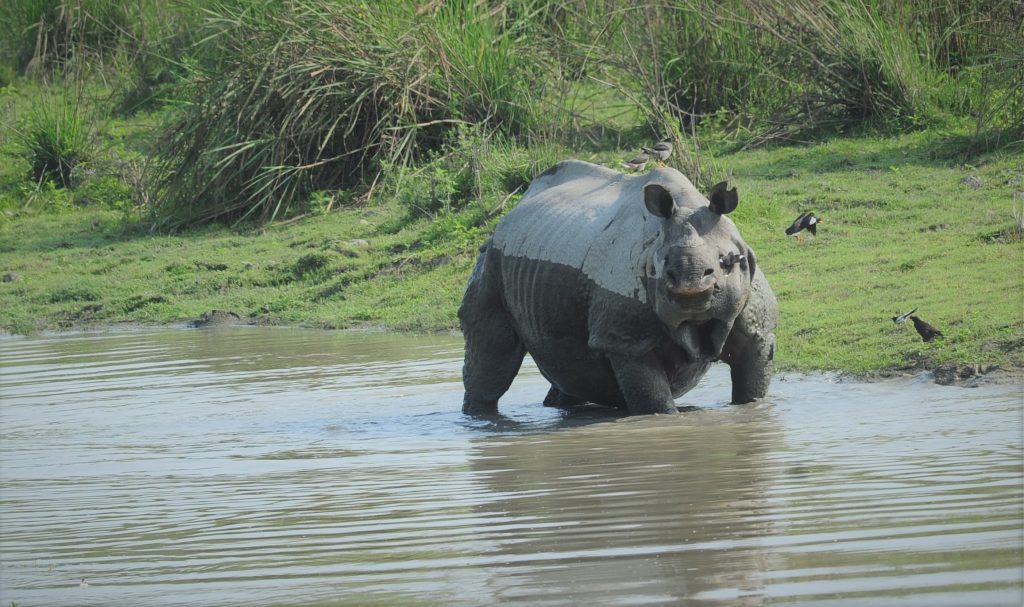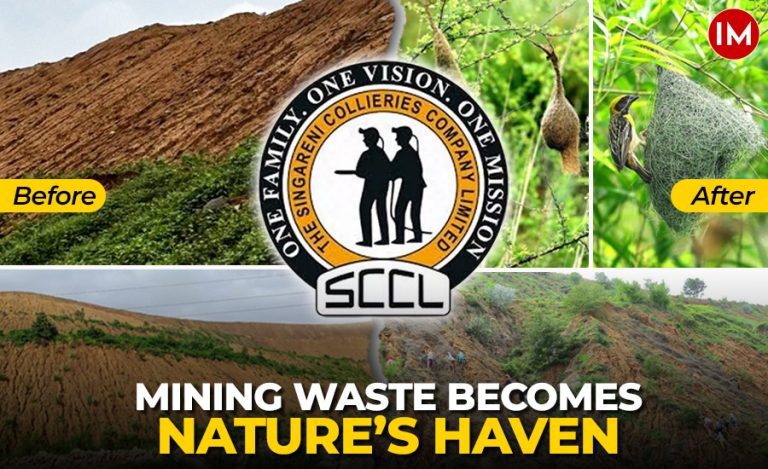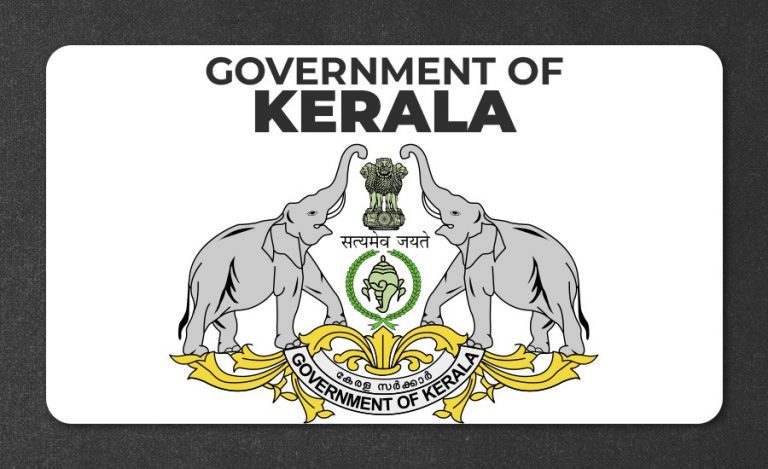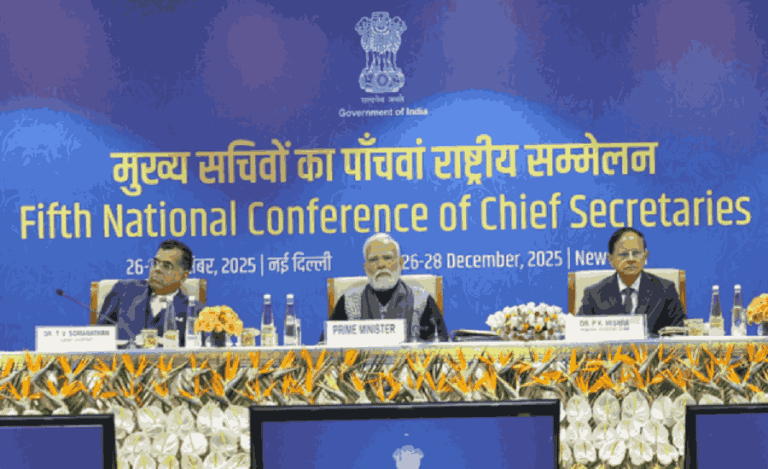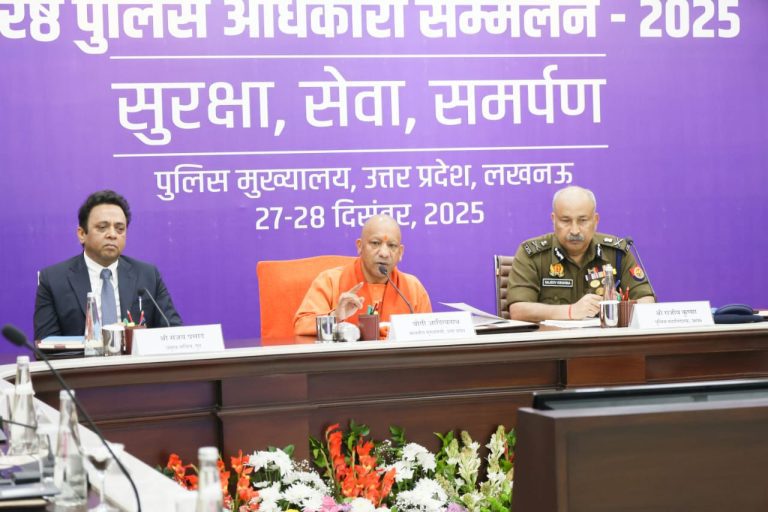Water water everywhere and not a drop to drink, or so said the Bard. Looks like he could have been referring to Kaziranga in Assam, home to the prized one-horned rhino and a UNESCO World Heritage Site to boot. Somehow, to the people living in other parts of India, Kaziranga is mostly in the news for wrong reasons; it’s either for poaching of rhinos or for the severe, annual floods which the mighty Brahamputra unleash on the grasslands of national park every year during the monsoons.
To an untrained eye, the annual floods would signify excess water in Kaziranga- at all times. Nothing could be further from the truth. Fact is, the receding flood waters take away everything out of the park- even the water in the 200 odd water bodies inside Kaziranga. In the after-floods period, hardly 40 percent of wetlands hold sufficient water for the wildlife. In fact, from January till the arrival of monsoon, most of the park is bereft of water, making its wildlife thirsty and edgy.
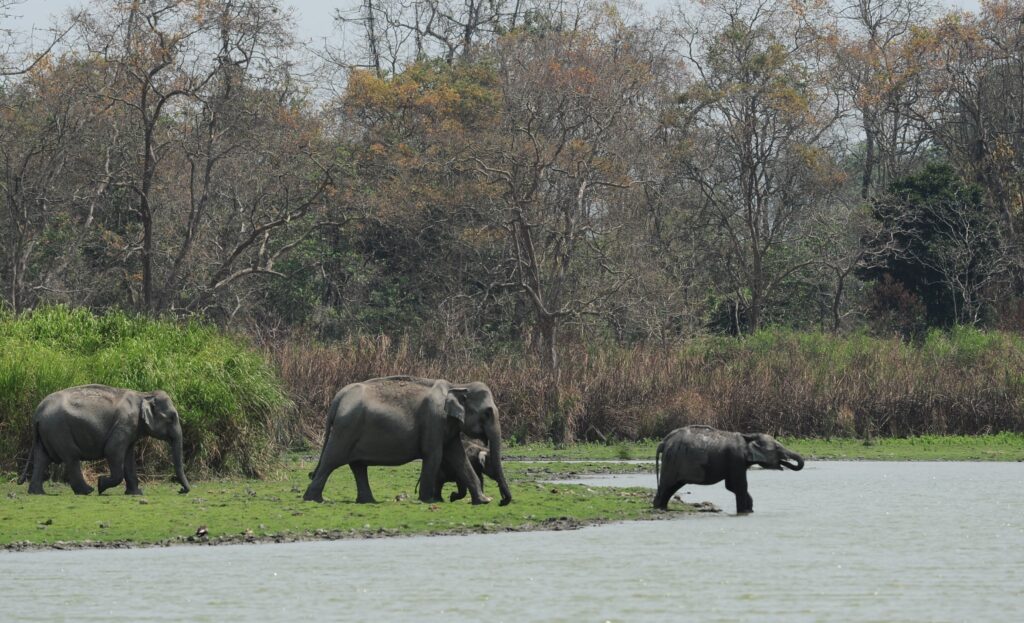
CREATING WETLANDS
March and April are the worst months for Kaziranga, with most wetlands dried up and wildlife moving frantically from one place to another in search of water.
Seeing the situation for what it was, the Field Director of Kaziranga, IFS officer Mr P Sivakumar, took the bull (or should we say rhino!) by the horn. It was not an easy work, but he worked towards creating wetlands for the wildlife, not one but six inside the national park.
The first wetland was constructed in 2019, in the Chirakhowa area of Kaziranga. This the authoritied did by blocking the exit points of existing wetlands at Kohara, Bagori and Agoratoli and diverting the water towards Chirakhowa.
Spurred by the success at Chirokhawa, Mr Sivakumar’s team then constructed five more wetlands in 2020: at Deosur, Haldibari,Potahi Beel, Bandardubi, and Potalchang.
WETLANDS WILL BENEFIT BOTH WILDLIFE AND TOURISTS
Highlighting the importance of these wetlands, Mr Sivakumar said in an interview : “It is not only the drinking water requirement that needs to be fulfilled but also wetlands serve as a habitat for animals like elephants, buffaloes, among others. So, the idea was conceived to create new habitats in the area.. The wetlands are huge and serve as habitats. Some of them are earthen, whilst the remaining are permanent or seasonal wetlands as the floods can wash them away. Besides compensating for the shortage of water in other wetlands, the new water bodies also work as tourist spots as many animals are sighted from these prime locations.’’
Kaziranga is not just important because of rhinos- world’s two third population of one-horned rhinos live here- but is also home to elephants, water buffaloes and hundreds of species of birds.


In fact, such is the importance placed on rhinos here that many people do not appreciate the existence of another top species of Kaziragna: the tiger! With over 100 tigers, Kaziranga is on par with some of the best tiger reserves of India, such as Ranthambore, Bandhavgarh and Nagarhole.

It is hoped that the new wetlands would make things much easier for Kaziranga’s denizens.

